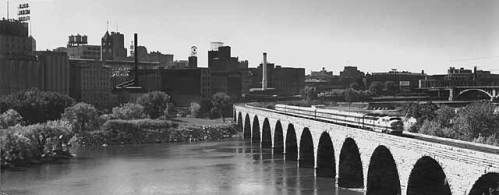
July 30: Taste of Italy with the Italian Cultural Center
The Italian Cultural Center is the home of Italian culture in the Twin Cities. Stop by to learn more about their language and art history classes, travel info, and more.
Celebrate it at the Mill City Farmers Market where we are overwhelmed with the abundance of summer's harvests: sustainable fruits and veggies, pasture-raised meats, poultry, eggs and cheese; artisan chocolates, breads and treats. It's easy to fill your pantry needs at the Market, so don't forget your grocery list!
Produce Planner
Sweet corn is in! Along with currants, raspberries, blueberries, garlic, carrots, beets, onions, potatoes, broccoli, cauliflower, fennel, tomatoes, green beans, peas, radishes, herbs, salad mix, edible flowers, zucchini, summer squash, collards, kale, Swiss chard, and so much more!!!
Mill City Cooks, 10am
Market Chef, Heather Hartman welcomes Lorenzo Terregrossa of Lorenzo's Ovens to the Market. He's bringing an outdoor oven to make authentic Italian pizzas!
Discover You Can!
Canning connoisseur, Liz McMann leads a demo on safe home canning with a recipe for Bruschetta in a Jar.
Art Market, All Day
Featuring Spring Finn & Co., Cracked Clay, Fruits of the Sea , and Old World Cabinet
Live Music, 11 am - 1 pm
Members of Minnesota Opera's vocal training program will sing a sampling of Italian Art Songs. 12:30 -enjoy a preview of Mixed Precipitation's 3rd annual Picnic Operetta touring local Community Gardens.
 Tuesday, August 2, 2011 at 10:07AM |
Tuesday, August 2, 2011 at 10:07AM |  David Tinjum |
David Tinjum | 

















































































